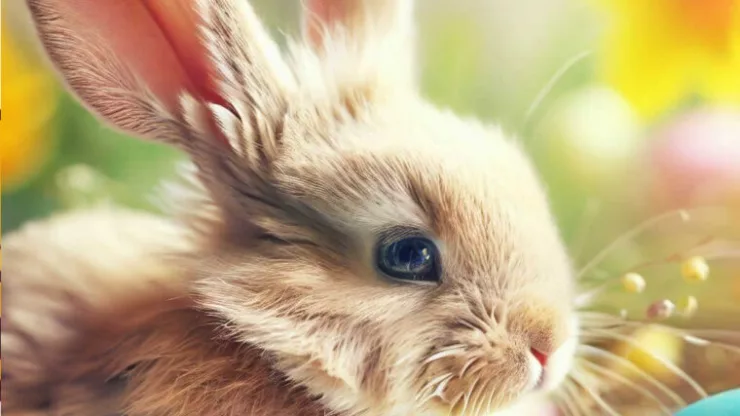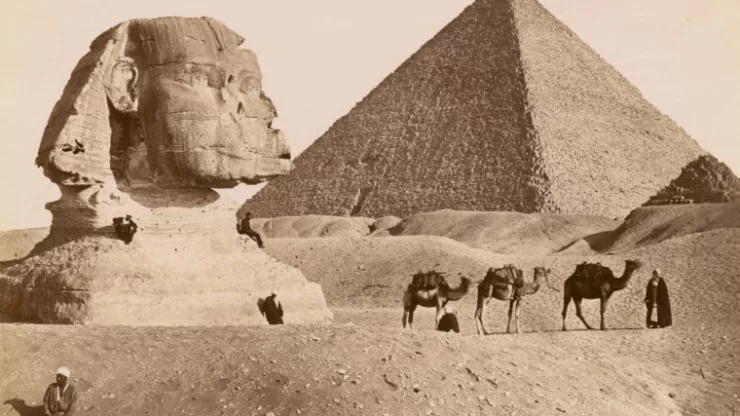Easter is a holiday steeped in tradition, celebrated around the world for its religious and cultural significance.
While many know the basics, there are numerous fun facts about Easter that remain a mystery to most.
In this article, we’ll reveal 15 intriguing and little-known facts about this beloved holiday.
- The origins of the word “Easter”
The name “Easter” is believed to have originated from the Anglo-Saxon goddess of spring, Eostre. Others argue it is derived from the Old High German word ēostarūn, which means “dawn” or “east.” - Easter’s movable date
Unlike Christmas, Easter doesn’t have a fixed date. It is celebrated on the first Sunday following the first full moon after the spring equinox. This means Easter can fall anywhere between March 22nd and April 25th. - The tradition of Easter eggs

Eggs have long been a symbol of new life and rebirth, making them a fitting representation of the resurrection of Jesus Christ. The tradition of decorating eggs dates back to ancient civilizations, with decorated ostrich eggs found in Africa dating back 60,000 years. - The world’s largest Easter egg
The largest Easter egg ever made was created in Italy in 2011. This chocolate egg weighed a whopping 15,873 pounds and stood over 34 feet tall. - Easter and the White House
The White House has hosted the annual Easter Egg Roll since 1878, a tradition that continues today. Children gather on the White House lawn to roll dyed, hard-boiled eggs with spoons, competing to see who can reach the finish line first. - The origin of the Easter Bunny
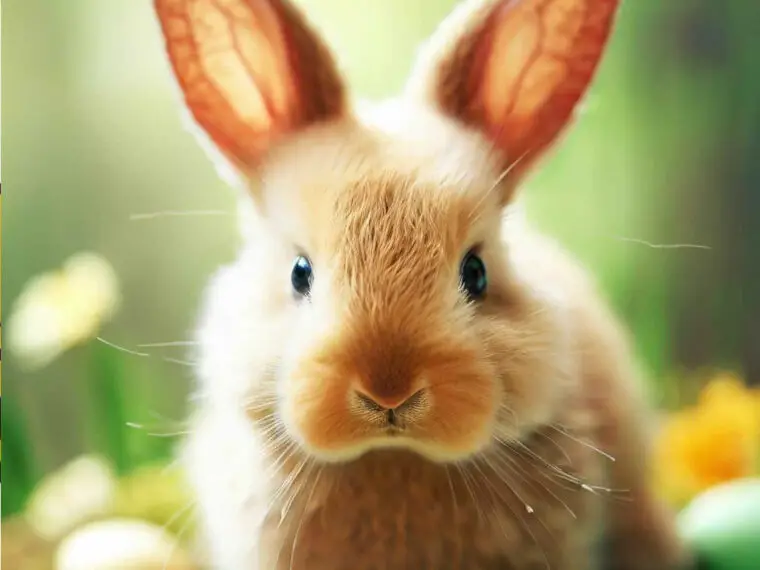
The Easter Bunny is thought to have originated from the Germanic people, who believed in a hare called “Osterhase” or “Oschter Haws.” This hare was believed to lay colorful eggs for children who had been well-behaved. - Easter celebrations around the world
In Australia, the Easter Bilby, an endangered marsupial, replaces the Easter Bunny. In France, church bells are silent from Good Friday until Easter Sunday. The bells “return” from Rome, dropping chocolate eggs for children to find. In Norway, it’s customary to read or watch crime stories during Easter, known as “Easter Crime” or Påskekrim. - The commercial side of Easter
Easter is the second biggest candy-consuming holiday after Halloween. Around 90 million chocolate bunnies are produced each year in the United States. - The famous Fabergé eggs

The Russian jeweler Peter Carl Fabergé created the first Fabergé egg for Tsar Alexander III in 1885. These ornate, bejeweled eggs became an Easter tradition for the Russian royal family, with 50 eggs created in total. - The tallest chocolate Easter bunny
The tallest chocolate Easter bunny ever made stood at 14 feet 3 inches and weighed 5,758 pounds. It was created in Brazil in 2017 by the Equipe da Casa do Chocolate. - Hot cross buns’ history
Hot cross buns, marked with a cross, are traditionally eaten on Good Friday. Their origins can be traced back to the 12th century when an Anglican monk baked them and marked them with a cross to honor Good Friday. - The world’s largest Easter egg hunt
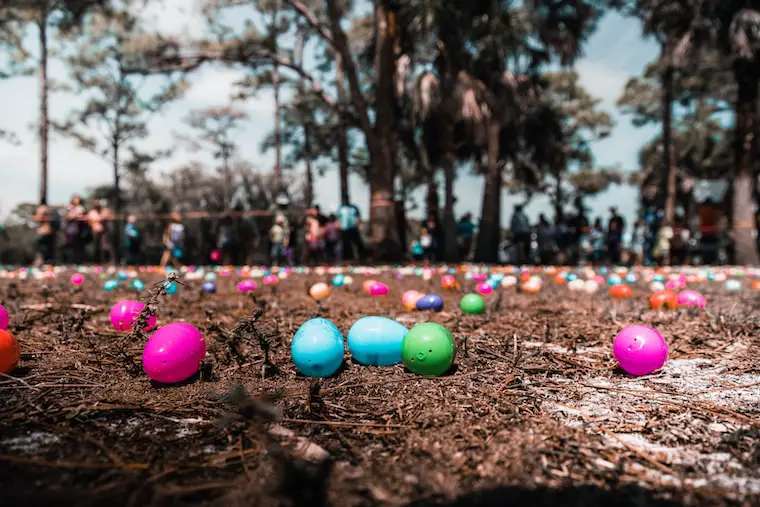
The largest Easter egg hunt ever recorded took place in Florida in 2007. Over 9,753 children participated, searching for a total of 501,000 eggs. - Pretzel’s connection to Easter
Pretzels are an ancient Easter treat, dating back to the 7th century. They were originally shaped to represent arms crossed in prayer and were given as rewards to children who had memorized their prayers. - The tradition of wearing Easter bonnets
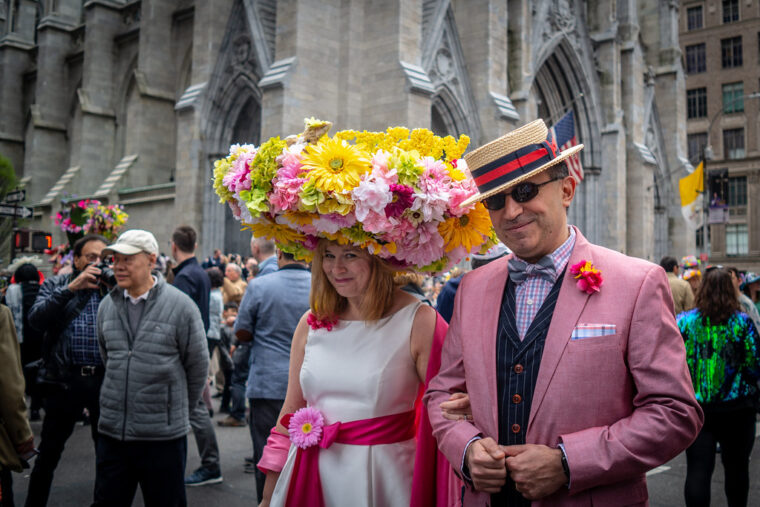
The tradition of wearing new clothes on Easter Sunday dates back to the 4th century. Easter bonnets became popular in the 19th century, inspired by the idea of renewal and the start of spring./li> - Easter’s ancient roots
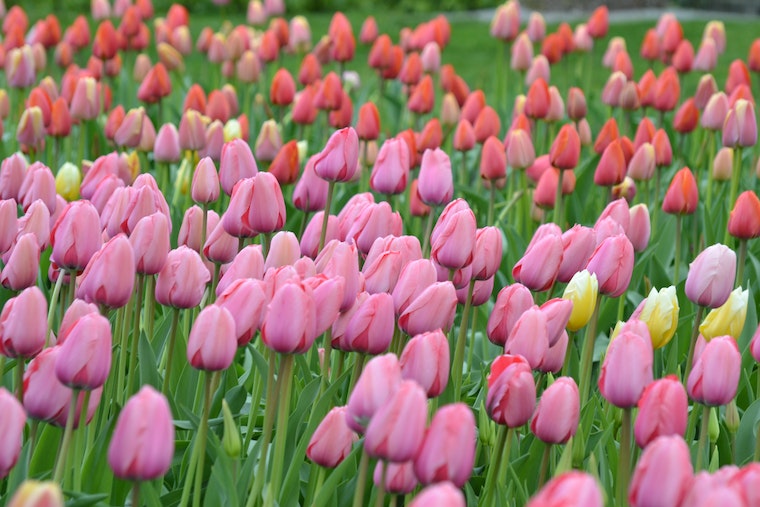
Some aspects of modern Easter celebrations, such as egg hunts and the Easter Bunny, can be traced back to ancient pagan traditions celebrating the arrival of spring and the renewal of life.
Conclusion
Easter is a rich and diverse holiday with fascinating traditions and customs that vary around the world.
These fun facts about Easter reveal the depth and complexity of a holiday that has evolved over time, combining religious, cultural, and ancient elements into a celebration of renewal and new life.
Easter FAQ
Why does the date of Easter change every year?
Easter is celebrated on the first Sunday following the first full moon after the spring equinox.
This means the date can fall anywhere between March 22nd and April 25th.
What is the origin of the Easter Bunny?
The Easter Bunny is believed to have originated from the Germanic people, who believed in a hare called “Osterhase” or “Oschter Haws” that would lay colorful eggs for well-behaved children.
What are some Easter traditions from around the world?
A: Some Easter traditions from around the world include the Easter Bilby in Australia, the silent church bells and chocolate egg drop in France, and Easter Crime in Norway.
What is the significance of Easter eggs?
Eggs have long been a symbol of new life and rebirth, making them a fitting representation of the resurrection of Jesus Christ.
Decorating eggs is a tradition that dates back to ancient civilizations.
What is the history of hot cross buns?
Hot cross buns are traditionally eaten on Good Friday and their origins can be traced back to the 12th century when an Anglican monk baked them and marked them with a cross to honor Good Friday.
What is the commercial side of Easter?
Easter is the second biggest candy-consuming holiday after Halloween, and around 90 million chocolate bunnies are produced each year in the United States.
The holiday is also associated with other commercial items such as Easter baskets and decorations.

I am a fun fact enthusiast and creator of Facts On Tap.
I love to share my knowledge and curiosity with readers and inspire them to learn something new every day.
When I’m not writing, I enjoy traveling, reading, and playing trivia games with my friends.
